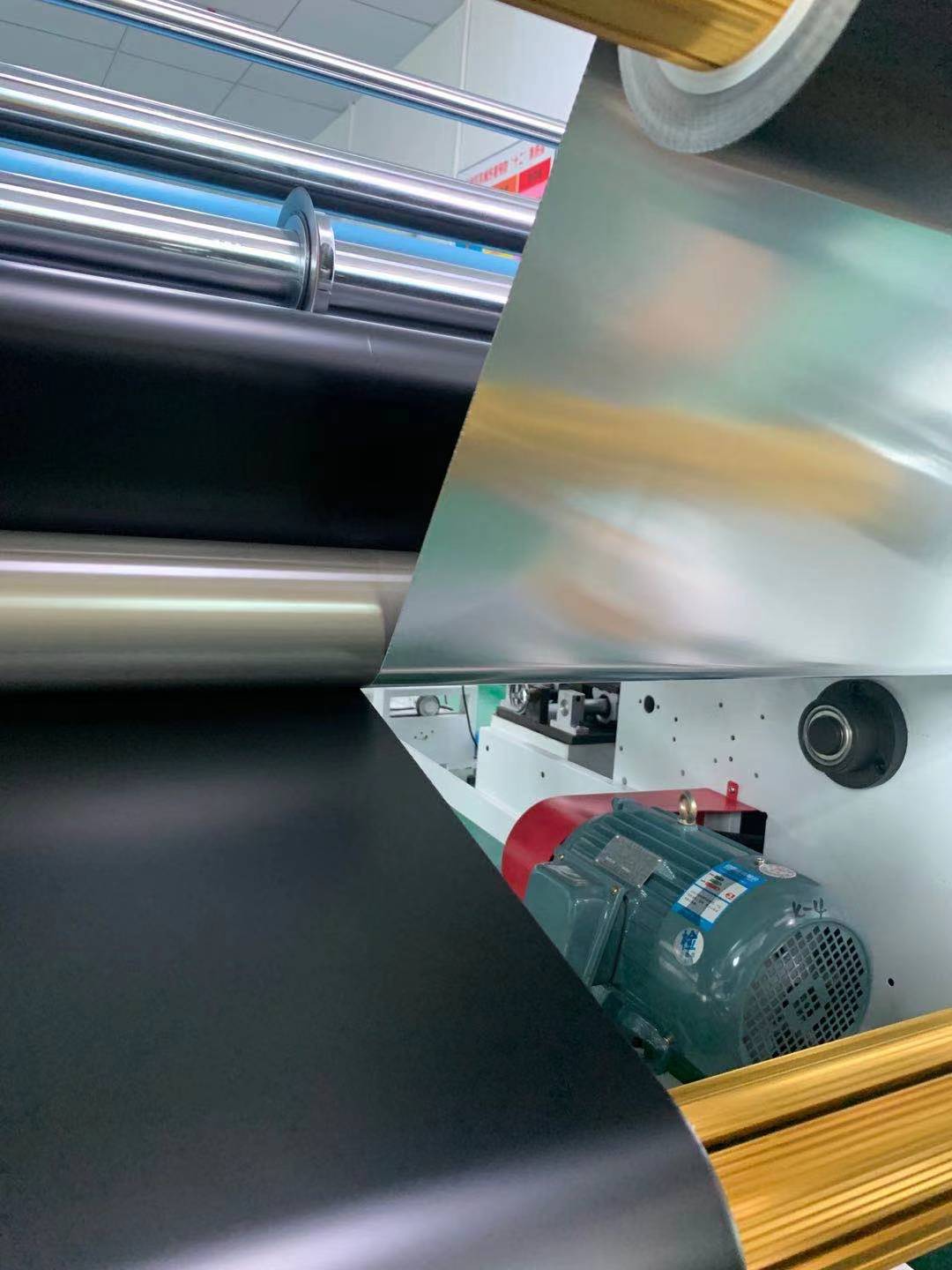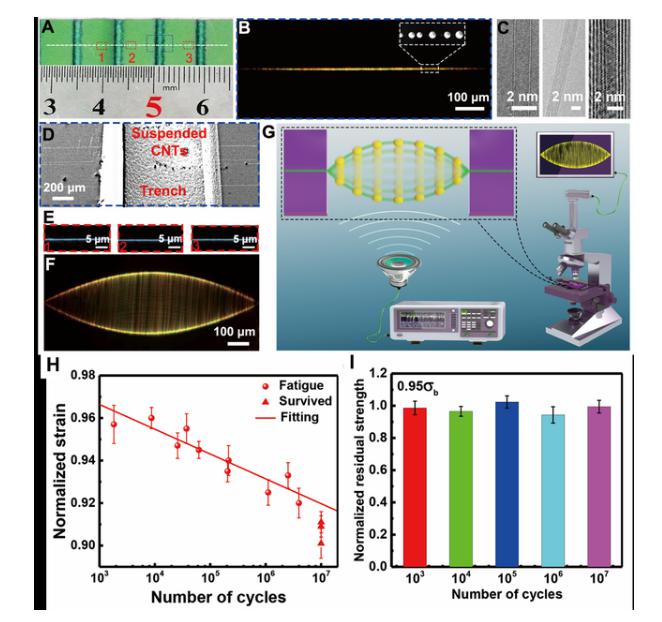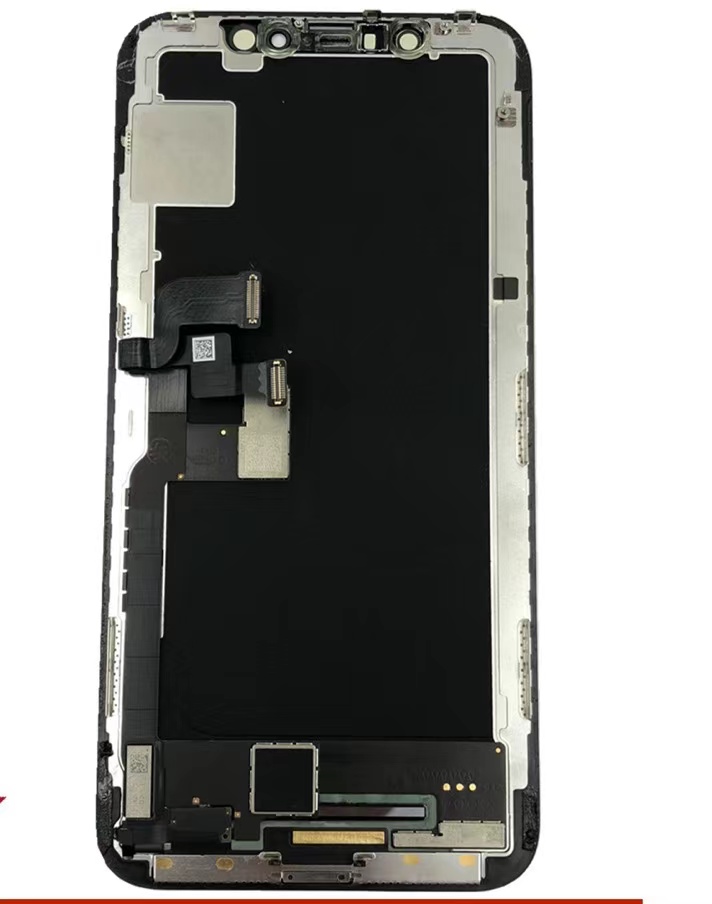Welcome to SHENZHEN?EXCELLENCE?TECHNOLOGY?CO.?,?LTD!
Welcome to SHENZHEN?EXCELLENCE?TECHNOLOGY?CO.?,?LTD!

Recently, Prof. Fei Wei and Prof. Rufan Zhang from the Department of Chemical Engineering of Tsinghua University have made a breakthrough in the study of the fatigue resistance of carbon nanotubes. For the first time, they have experimentally tested the super-fatigue resistance of a single centimeter-length carbon nanotube. The results, titled "Ultra-durable ultralong carbon nanotubes", were published online on August 28 in Science, a leading academic journal.
Materials with super super toughness and super fatigue resistance are in great demand in aerospace, military equipment, body armor, large Bridges, sports equipment, artificial muscles and many other fields. Carbon nanotubes (CNTs) are typical one-dimensional nanomaterials with the highest mechanical strength and the best toughness known at present. The macroscopic strength and toughness of CNTs are more than one order of magnitude higher than the widely used materials such as carbon fiber and aramid.

For us, Zhuo Hengtong uses this carbon nanotube high thermal conductivity material to prepare nano carbon aluminum foil material for thermal conductivity and heat dissipation, also known as nano carbon aluminum foil soaking sheet.

Fatigue resistance of ultra-long carbon nanotubes. (a-e) cm-sized ultra-long carbon nanotubes; (F-G) Non-contact acoustic resonance test system mechanism diagram; (H-I) Fatigue resistance of ultra-long carbon nanotubes.
In order to test the fatigue mechanical behavior of a single centimeter-length carbon nanotube, the research team designed and built a non-contact acoustic resonance testing system. Compared with the nanomaterial testing system based on electron microscope, this system has many advantages, which not only avoids the sample damage caused by electron beam, but also makes it possible to test the one-dimensional nanomaterial with the length of centimeter, and also solves the problem of clamping small sample and applying high cycle load.

The study found that carbon nanotubes exhibit remarkable fatigue resistance. Under the condition of large strain cyclic tensile test, a single carbon nanotube can be continuously stretched for hundreds of millions of times without fracture, and after removing the load, it can still maintain the initial super high tensile strength, and the fatigue resistance is better than all the engineering fiber materials. Different from the fatigue damage accumulation mechanism of conventional materials, the fatigue damage of carbon nanotubes presents an overall damage, and there is no damage accumulation process. The formation of initial defects plays a leading role in the fatigue life of carbon nanotubes. In addition, its fatigue resistance is affected by temperature, showing the characteristics of decreasing with temperature increasing.
This work reveals the bright future of ultra-long carbon nanotubes used in the fabrication of ultra-strong and ultra-fatigue resistant fibers, and provides an important reference for the life design of carbon nanotubes in many fields.
In the past decade, Wei Fei's team has carried out a lot of research on the growth mechanism, controllable structure preparation, performance characterization and application exploration of ultra-long carbon nanotubes, and made a series of important breakthroughs. The team has prepared a single carbon nanotube with a length of more than half a meter, and has a perfect structure and excellent performance, and can achieve 99.9999% semiconductor purity. In addition, the team discovered for the first time the phenomenon of superlubrication between the layers of macroscopic carbon nanotubes, and realized the optical visualization and controllable manipulation of a single carbon nanotube at the macroscale. Related achievements have been published in international authoritative journals such as Nature Nanotechnology, Nature Communications, Advanced Functional Materials, Nano Letters, etc.